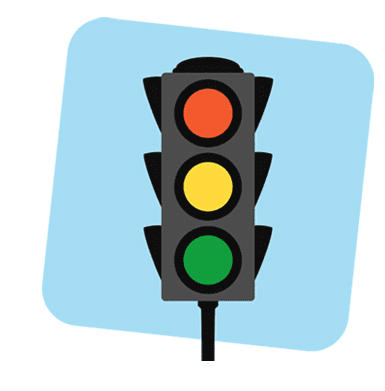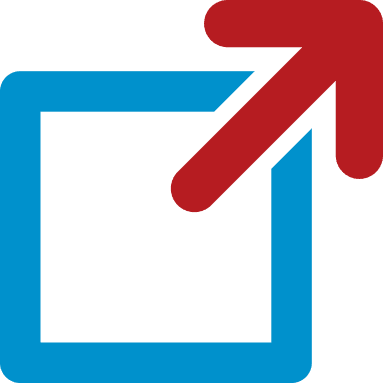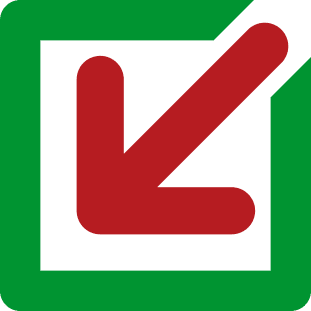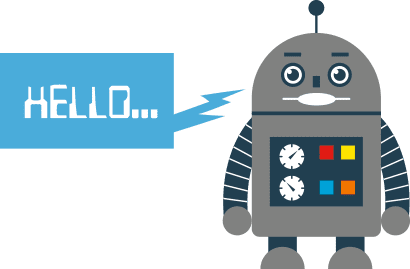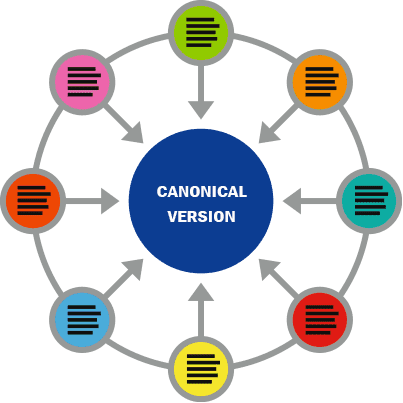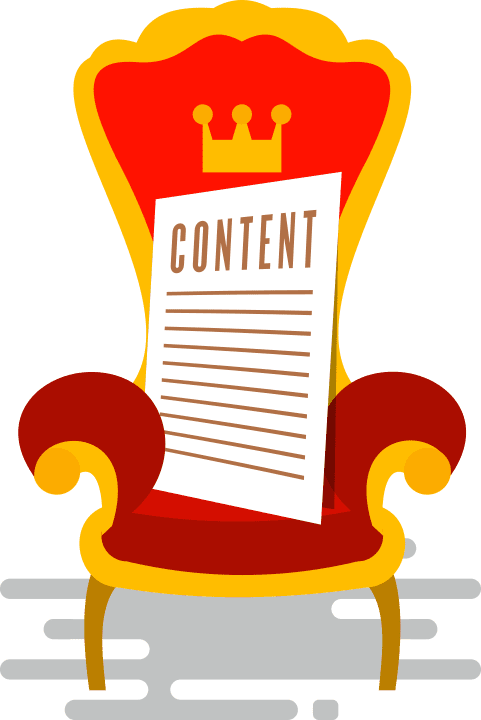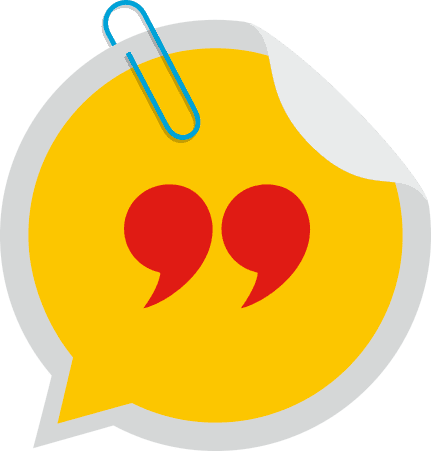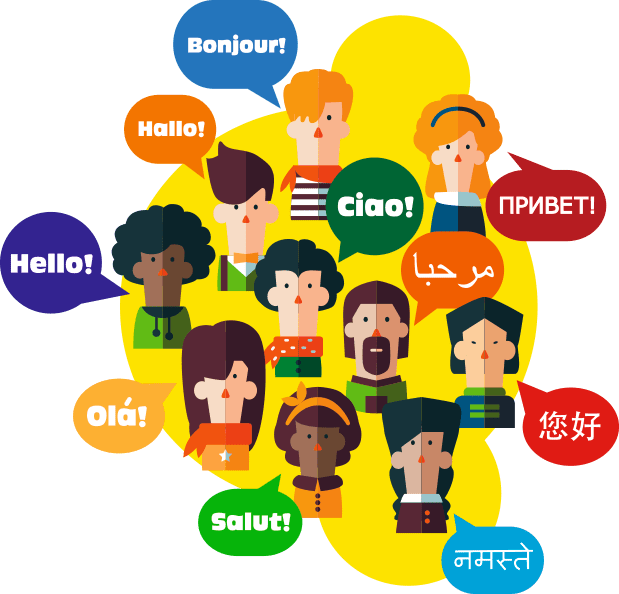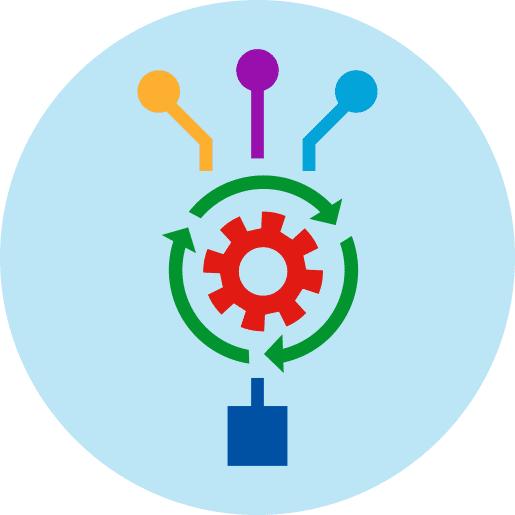
Your Free SEO Course to Boost Relevant Traffic
For marketers and entrepreneurs who could use a top-notch website to ensure marketing growth.
You don’t need to be a programmer to revamp your SEO strategy and improve your rankings. We can help you get there, whether your website is for personal branding or business purposes.
Lessons include digital marketing basics, technical SEO, actionable advice to improve your rankings, and advanced SEO techniques. It’s a 30-step program created for people who have basic tech skills and a willingness to learn SEO.
If you, too, are tired of creating content that doesn’t seem to work, this free SEO course is the game-changer you’ve been expecting.
To learn more about the topic you’re interested in, click on the title, and immediately get free access to the lesson. Let’s get started!
When you learn SEO, the first things you should focus on are keywords and their fundamental role in search engine optimization. You can’t reach a high position in search results if you don’t know what terms people use when making online queries. The sooner you find the keywords that can bring people to your website, the better for your rankings.
The first thing you want to do with your keywords is to optimize your titles and meta descriptions. It’s a quick job that can help you rank higher in search results and convince more people to click on your website. Using the right words in the correct context is a winning formula in digital marketing.
Did you know that the images you use to enhance your website can help you boost SEO? It’s quite easy actually, and you only need an element that you already have: your keywords. It’s time to add ALT text to your images using relevant long-tail keywords that you’ve identified in your keyword research.
Links are one of the crucial ranking factors, probably the leading SEO component, and we’ll dedicate several lessons to link building during this SEO course. Before you start getting backlinks, you should take a moment to curate the links you already have on your website. With our help, you can identify and fix broken links with basic tech skills.
While discussing broken links, we mentioned 301 redirects. Now, it’s time to have a short chat about their cousins, 302 redirects. They’re similar ways to send website visitors to a different URL, with the difference that a 301 redirect is suitable when you’re redirecting pages permanently. At the same time, a 302 redirect is necessary when the changes are temporary.
URLs matter to the overall user experience, and, as a consequence, they should have a place in your technical SEO to-do list. When you create SEO-friendly URL structures, you design logical click paths at the same time. They add value to your site as they guide readers on your website and help them move back and forth between the pages they’re interested in.
Optimized URLs are short and suggestive–you know what the page is about just by reading the URL. It may not be vital for your rankings, but having clear URLs can help improve user experience, which indirectly influences SEO. Plus, well-written URLs make your content easier to share on social media.
Google Search Console is an excellent tool that can improve the way you work significantly. That’s why we encourage you to learn how to use it as soon as possible. You’ll make super-useful adjustments with it for as long as you’ll have an interest in digital marketing. We’ll show you several use cases of this tool during the 30-step free SEO course.
Did you know that internal links can help you boost organic traffic by 40%? It’s time you start using this SEO technique to create a logical structure for crawlers to follow when indexing your website. It’s one of the cost-effective methods to improve your rankings and drive more traffic to your site.
Don’t hesitate to reach out:
Internal linking has a positive impact on SEO, but how do you know which page to link to every time you publish new content? It’s easy once you find the logical connection between pages around the same topic. It’s incredible how such a small change can improve the online visibility of your page.
According to Google, click paths matter more to SEO than URL structure. It means that you can’t afford to ignore this ranking factor any longer. The good news? We have some helpful instructions to get you started on creating a better user experience for your website visitors.
Your website’s XML sitemap is another technical SEO element that you should curate to improve rankings. This lesson includes instructions to help you find the XML sitemap or create one if necessary. Plus, a bonus tip to help you maximize the return on your efforts using a tool that you’re already familiar with.
13. More Technical SEO: robots.txt File >>
Behind every successful website is a robots.txt file. You, too, can unblock access to your website by writing correct instructions for crawlers and bots. It may seem like an advanced SEO technique that is too complicated for you, but it’s doable when you follow the right instructions.
As much as 88% of website visitors are less likely to return to a website after a bad experience. If people land on your page and can’t figure out what to do or where to go, you may not see them ever again. Luckily, you can prevent it from happening if you optimize the navigation on your website.
What is the most annoying thing about a website? We don’t know about you, but we hate it when a page takes forever to load. And most people hate it, too. And that’s why we want to make sure you test your site’s load speed and learn to improve it. In this lesson, you’ll find a list of free tools for testing loading speed so that you can start working on it immediately.
You can do effective digital marketing only if your website performs well on mobile devices. Mobile-friendly pages and responsive design matter to SEO, as most searches occur on smartphones. It’s time you find out how mobile-friendly your website is and what you should do to improve the user experience for smartphone users.
Most often, you’re not even aware of it. And it kills your ranking and your reach. Duplicate content exists on almost 30% of websites, confusing crawlers, and generating nothing but missed business opportunities. It’s time to locate duplicate content and fix it. This lesson explains everything you need to know about duplicate content.
You don’t want to fix duplicate content issues forever. If you can learn how to prevent it, you’ll have one task less to worry about. That’s why we dedicate a lesson to Canonical tags. You’ll learn how they help website owners prevent duplicate content and implement them on your website.
Stay SEO updated with our Newsletters:
There’s no magic pill for convincing people to click on your page. But there are headlines, which is pretty much the same thing. So, it’s time to learn how to write more compelling headlines to capture potential website visitors’ attention. Plus, they’re useful clues for crawlers when they tell what each page on your website is about.
Content marketing and search engine optimization go hand in hand–you should build your content marketing strategy with SEO in mind. So, content analysis can help you improve rankings while creating better content. To make it happen, you can use semantic analysis (WDF*IDF analysis) the same way most SEO experts do.
Can you use other people’s content to improve your site’s ranking? Yes, you can. It’s called content curation and, when done correctly, can help your website in more than one way. This lesson includes actionable advice to make content curation a part of your marketing strategy right away.
As part of your content marketing strategy, you should try to give your old content a new life. Content recycling is good for business and can do miracles for SEO. When you update old texts, crawlers favor them for being more relevant than their previous versions. At the same time, your readers will be delighted to have access to new information.
Did you know that the content-to-code rate of your site can impact the way crawlers index your pages? It seems Google appreciates websites that manage to keep this rate high, so you need to learn how to balance various elements on your page for SEO purposes. It’s not exactly a breeze, but you’ve learned about far more complicated techniques since we started, so you’ll do great.
A content calendar is an essential tool for your overall content marketing strategy and SEO at the same time. If you already use one, this lesson can help you with some new ideas to add diversity to your website. If you’ve never used a content calendar, you’ll learn how you to start one today.
The lesson on local SEO is mostly useful for website owners and marketers who need to capture a local audience’s attention. We concentrate on a series of local SEO techniques that can help you rank high for local searches and increase your reach among people who are more likely to visit your local business.
Whether you use Google Ads or not, you can still benefit from learning to use Google Analytics. It incorporates a series of tools that are necessary when you’re looking to improve website performance. This lesson is meant to familiarize you with analytics and motivate you to use data for marketing growth.
Hreflang tags help you align your website internationally, so this lesson is for marketers and website owners who manage sites in more languages or country versions. It enables you to guide crawlers in indexing your pages correctly so that you can increase return on your marketing efforts and rank high in search results in all languages that you target.
A consolidated social media presence can boost your SEO, even if it doesn’t directly impact your rankings. Take a look at your social media pages and try to see how people perceive you based on what you publish. If you don’t like what you find out, it may be the perfect time to plan a change.
The way people engage with your content gives search engines essential clues about the value of your website. If you don’t accept or encourage comments, you lose opportunities to connect with your target audience. It’s time to change that by creating compelling calls to action. It will indirectly help you with your SEO, too.
The last lesson of this free SEO course is focused on the most critical element of any SEO checklist: backlinks. Link building is fundamental to your rankings, as it helps you build online authority for your website. Our 7-step strategy for getting links from other sites can help you reach a broad audience and get more traffic.
Book now!
Book your search engine optimization package now and we at iSEO.works will do the rest for you.



